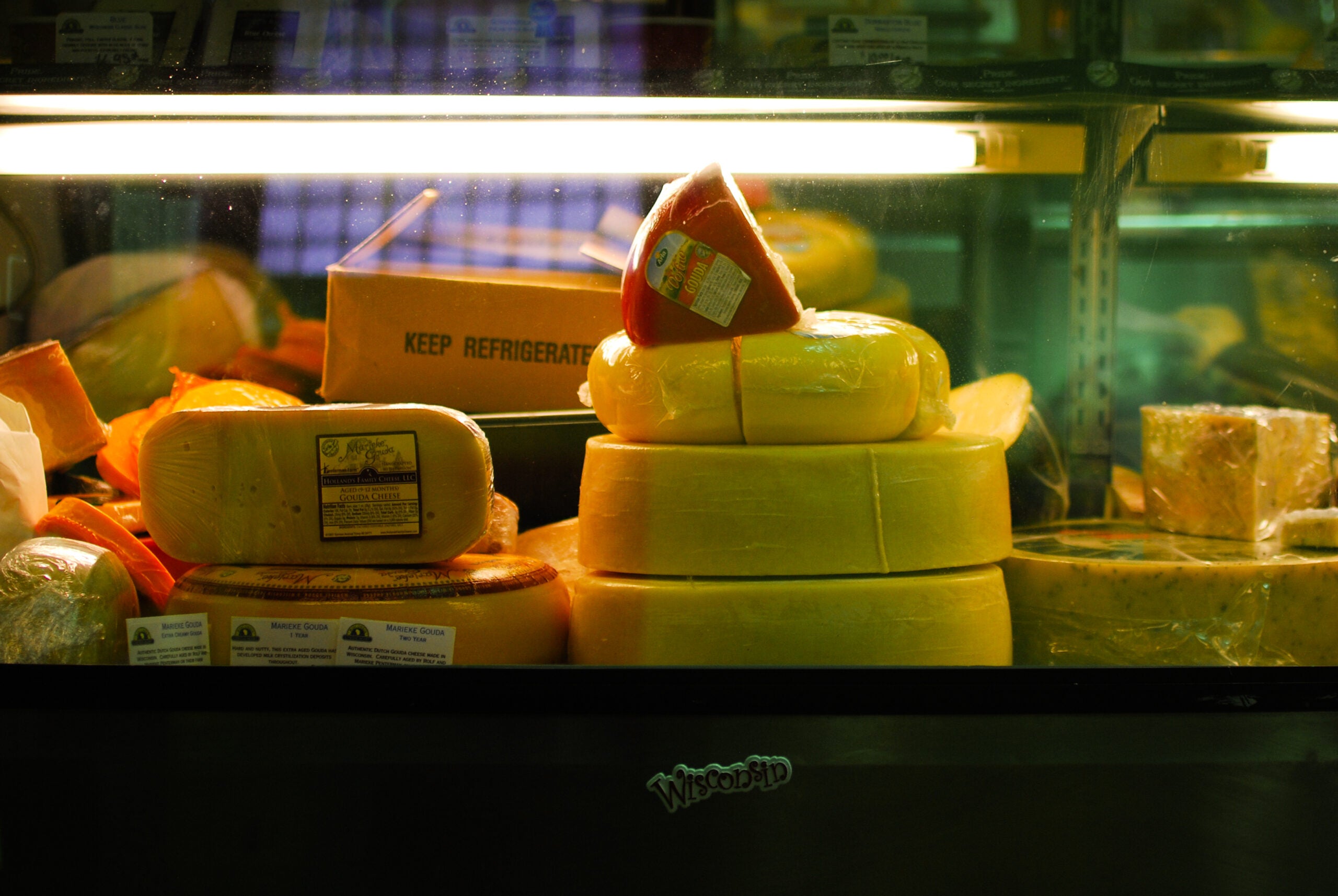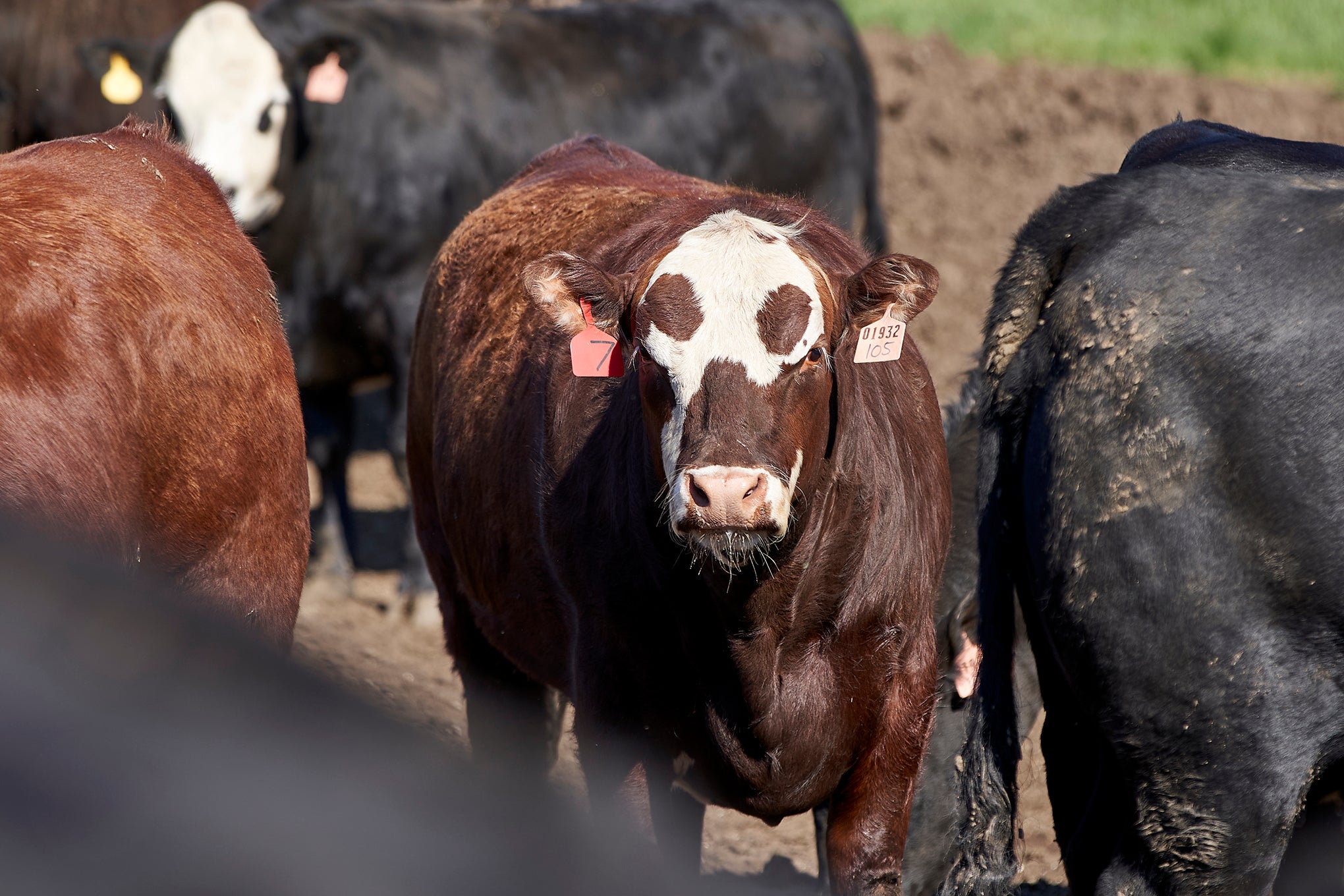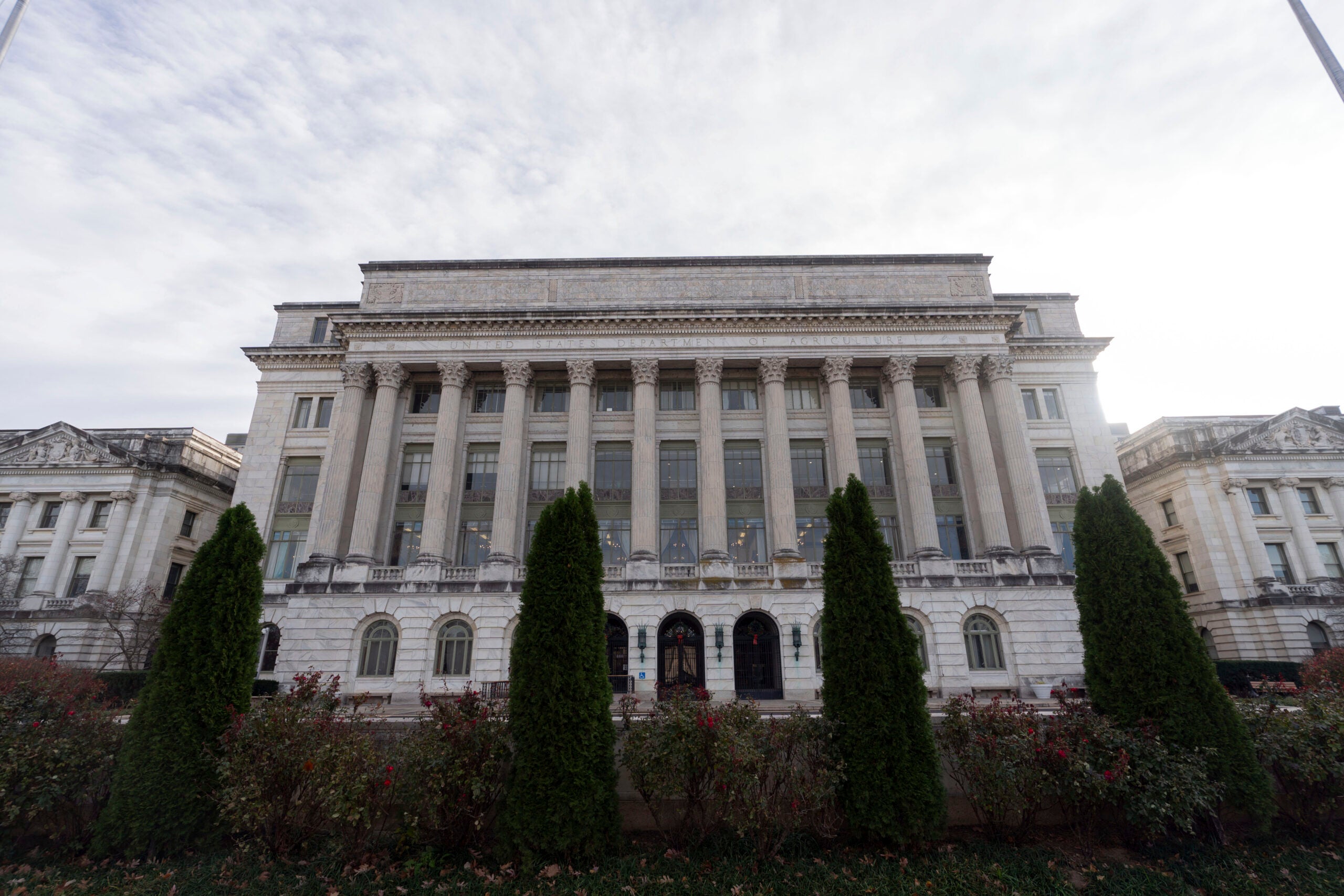The U.S. Department of Agriculture is buying 11 million pounds of cheese to help reduce an oversupply of products weighing down the dairy market.
Since dairy exports started falling more than a year ago, there’s been an oversupply of cheese and other dairy products on the market. It’s part of the reason prices have fallen and stayed so low.
But some Wisconsin producers say the USDA’s purchase isn’t enough to correct the volatile dairy market.
News with a little more humanity
WPR’s “Wisconsin Today” newsletter keeps you connected to the state you love without feeling overwhelmed. No paywall. No agenda. No corporate filter.
“Farmers are not encouraged to produce less and they feel the only way they can help make ends meet and get all of their bills taken care of at the end of the month is to produce more milk, which in turn ends up hurting them in the end,” said Darin Von Ruden, a dairy farmer and president of the Wisconsin Farmers Union.
Von Ruden estimates dairy producers in Wisconsin are losing $900 to $1,200 every month.
Earlier this month, the USDA sent subsidies to producers signed up for the Margin Protection Plan.
But Von Ruden said many dairy farmers didn’t sign up for the MPP program so they didn’t receive financial assistance.
“(The subsidy) is not really enough to offset what those producers paid in premiums to be a part of that program,” Von Ruden said. “In order to really help all dairy farmers, there needed to be some sort of program that was going to put dollars in all farmers pockets.”
According to the USDA, the current surplus of cheese is the highest it’s been in 30 years, totaling almost 1.3 billion pounds in July. The USDA’s $20 million purchase of cheese equals less than 1 percent of the total stored amount.
While the purchase might not directly improve farmer’s profits, some industry experts said it provides an important turning point for the dairy industry.
“(It provides) a signal that the Secretary (of Agriculture) does recognize the problem and couched with the fact that milk prices look like they’re increasing in the near term. So it could be a positive on both of those fronts,” said Brian Gould, professor of agricultural and applied economics at the University of Wisconsin-Madison.
Gould said changes on the world dairy market and low feed costs this fall could help improve prices in the coming months.
The USDA said they will be distributing the purchased cheese through food banks and other nutrition assistance programs.
Wisconsin Public Radio, © Copyright 2025, Board of Regents of the University of Wisconsin System and Wisconsin Educational Communications Board.







